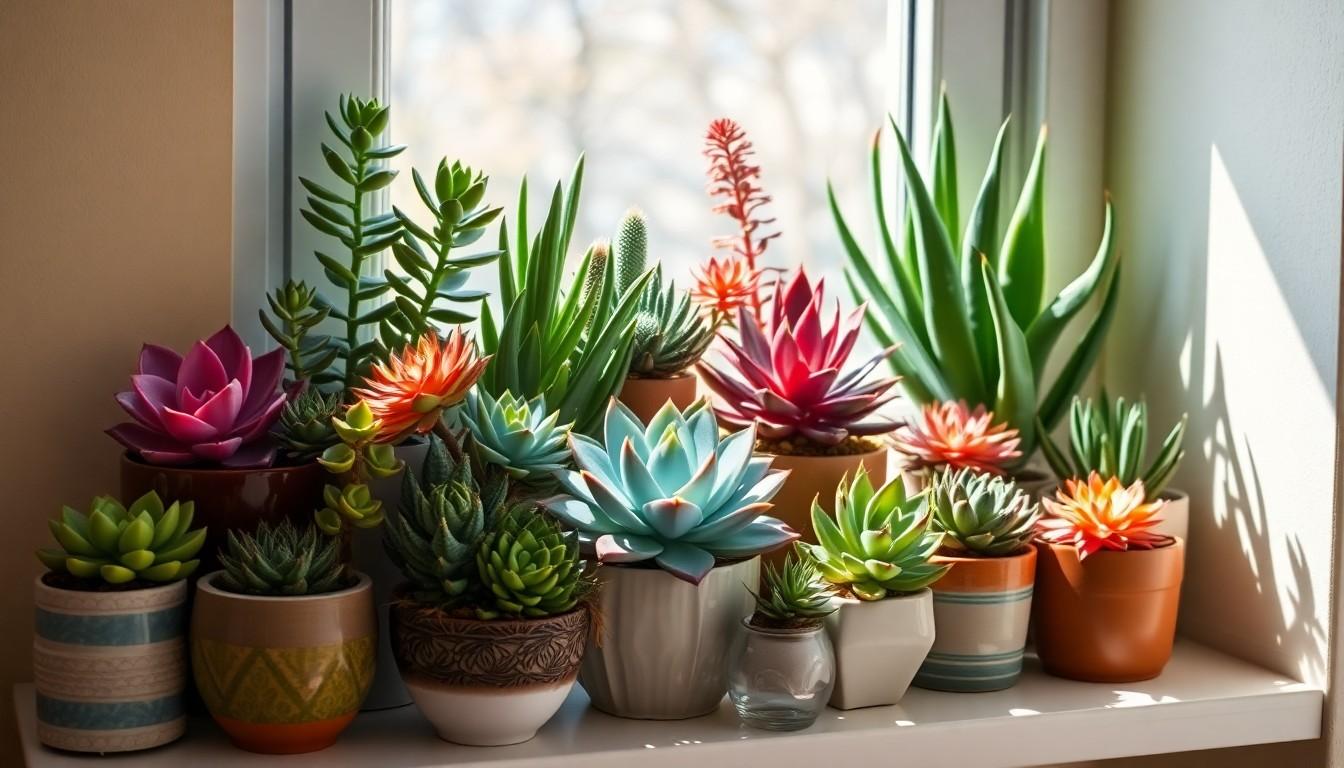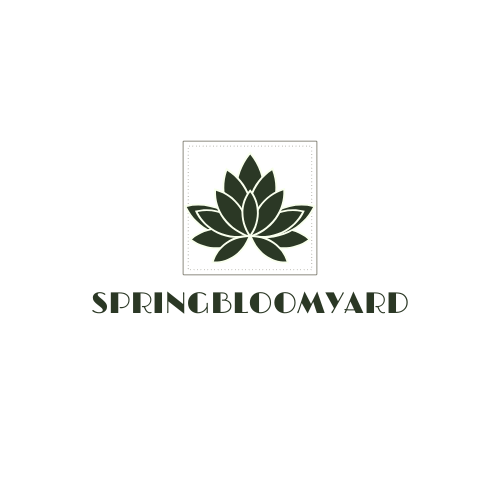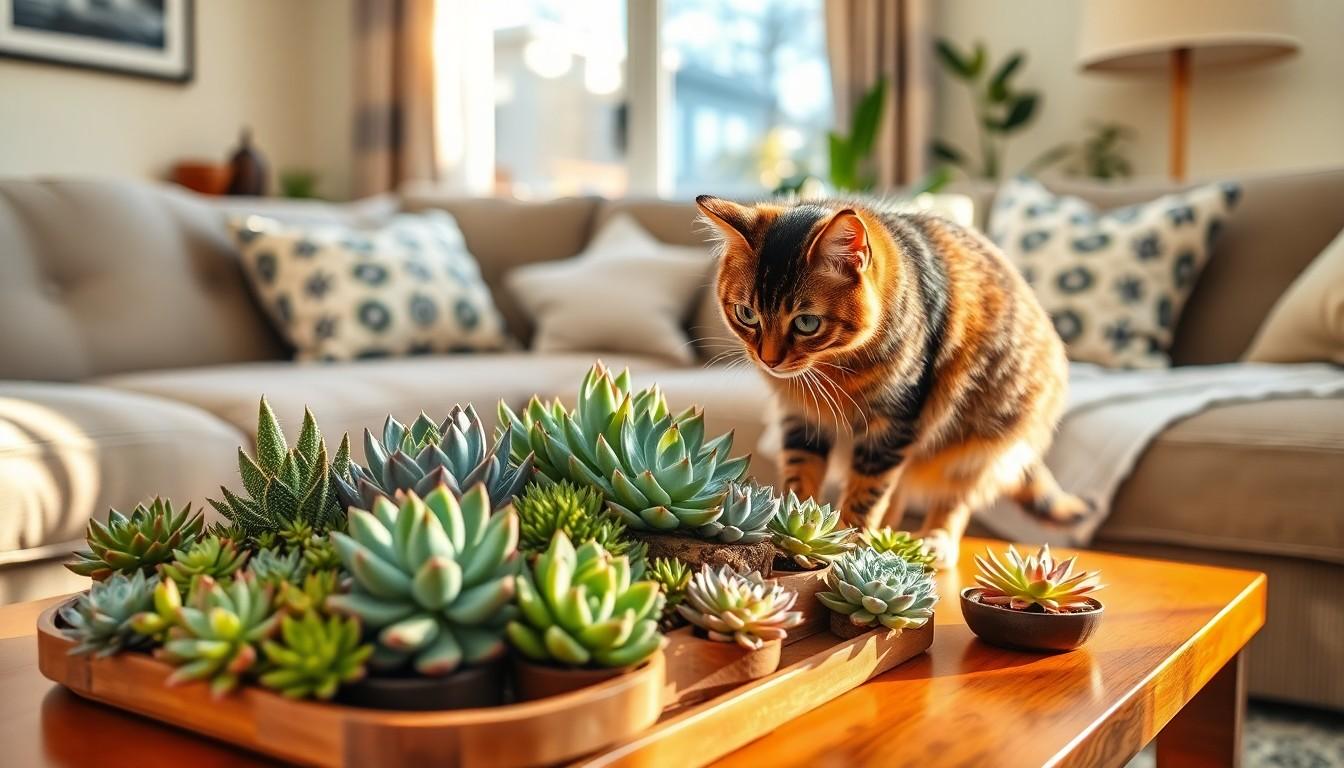Cats and plants can coexist peacefully, but not all greenery is feline-friendly. For cat lovers who want to add some greenery to their homes without risking a trip to the vet, cat-safe succulents are the perfect solution. These charming little plants not only liven up a space but also keep curious kitties safe from harm.
Imagine a world where your cat can frolic freely among your plants without turning into a little green monster. With the right selection of succulents, that dream can become a reality. From the adorable Echeveria to the resilient Haworthia, there’s a plethora of purr-fect options waiting to brighten your home and keep your furry friend happy. Let’s dive into the world of cat-safe succulents and discover how to create a vibrant, safe haven for both you and your whiskered companion.
What Are Cat Safe Succulents?
Cat safe succulents refer to specific types of succulent plants that pose no harm to cats. These plants thrive in various indoor environments and offer aesthetic appeal without compromising pet safety. Common varieties include Echeveria and Haworthia, both of which are non-toxic and popular among cat owners.
Certain succulents provide not only visual interest but also are easy to care for. They require minimal watering, making them accessible for busy individuals. Incorporating them into a home can enhance decor while ensuring a safe space for curious cats.
Another aspect of cat safe succulents involves their resilience. These plants typically tolerate neglect, making them suitable for households where pet-related distractions occur. For cat owners, having low-maintenance plants can ease concerns about the plant’s upkeep.
Choosing cat safe succulents allows pet lovers to enjoy greenery without the risk associated with toxic plants. Increased awareness about safe plant options can help create a harmonious living environment. By selecting non-toxic varieties, individuals can also teach children about responsible plant care without the fear of harming pets.
Ultimately, cat safe succulents offer an ideal solution for integrating nature into homes with feline companions. Selecting these plants ensures that safety remains a priority while adding beauty to any space.
Benefits of Having Succulents at Home

Cat-safe succulents offer numerous advantages for households with feline companions. These plants not only enhance home decor but also contribute to a healthier indoor environment.
Aesthetic Appeal
Succulents add unique beauty to any space. They come in various shapes, sizes, and colors, allowing homeowners to choose varieties that complement their decor. Echeveria features rosette formations, while Haworthia showcases striking patterns. Mixing different types creates eye-catching arrangements. Low-maintenance requirements make succulents an easy choice for those without a green thumb. Displaying them in decorative pots or terrariums enhances their visual impact. Overall, these plants can elevate the style of any room while ensuring the safety of curious pets.
Air Purification
Indoor air quality improves with the addition of succulents. NASA’s Clean Air Study identifies several plants capable of filtering toxins from the air. Succulents effectively absorb carbon dioxide and release oxygen during the day, contributing to a healthier atmosphere. Aloe Vera stands out for its air-purifying abilities as well as its soothing gel. Additionally, they require minimal care, making air purification simple and stress-free. By incorporating these plants into homes, pet owners create a vibrant and clean living environment while ensuring their cats remain safe.
Popular Cat Safe Succulents
Several succulent varieties stand out for their safety around cats. Each offers unique characteristics while enhancing home decor without posing risks to curious felines.
Echeveria
Echeveria thrives in bright, indirect light and comes in numerous colors and shapes. This stunning succulent features rosettes that attract attention and add visual interest to any space. Regular watering promotes its health, but it prefers drier conditions overall. For those who enjoy dynamic plants, Echeveria offers an eye-catching look while being completely safe for cats. Its non-toxic nature guarantees peace of mind, so pet owners can enjoy this gorgeous plant fearlessly.
Haworthia
Haworthia requires minimal care and flourishes in low-light conditions, making it perfect for busy individuals. Its distinctive leaf patterns create a striking design element in home decor. Frequent watering isn’t necessary, as this succulent retains moisture in its leaves. Choosing Haworthia means bringing a safe, attractive plant into a cat-friendly environment. Its resilience to neglect supports busy lifestyles while keeping feline friends safe from harm.
Pilea
Pilea, also known as the Chinese Money Plant, displays round leaves that are visually captivating. This succulent grows well in bright, indirect sunlight and loves a regular watering schedule. Its unique appearance complements various decor styles, creating interest in any room. Safe for cats, Pilea offers worry-free enjoyment for pet lovers. Integrating this charming plant into living spaces enriches the environment without compromising pet safety.
Caring for Cat Safe Succulents
Caring for cat-safe succulents ensures a thriving indoor garden. These plants adapt well to various conditions, making them suitable for any cat-loving home.
Sunlight Requirements
Succulents generally require bright, indirect light to flourish. Echeveria prefers at least six hours of indirect sunlight daily. On the other hand, Haworthia tolerates lower light conditions while still growing healthily. Pilea enjoys bright light, enhancing its lush green foliage. Positioning these plants near windows will maximize their growth potential. Rotate pots every few weeks to encourage even light exposure on all sides. Maintaining optimal sunlight conditions supports robust growth in these non-toxic plants, creating a vibrant atmosphere without risking feline safety.
Watering Tips
Watering succulents properly plays a critical role in their care. Allow soil to dry completely between waterings to prevent root rot. Depending on the season, watering may vary; during summer, succulents typically require more frequent hydration. A general guideline involves watering every two to three weeks. Observing the leaves helps gauge water needs; shriveled leaves indicate drought, while mushy textures suggest overwatering. Employing the “soak and dry” method ensures succulents receive ample moisture while promoting healthy root systems. Regularly checking soil moisture levels helps maintain thriving, cat-safe plants indoors.
Conclusion
Choosing cat-safe succulents allows pet owners to enjoy the beauty of plants without compromising their cats’ safety. With a variety of non-toxic options available like Echeveria, Haworthia, and Pilea, there’s no shortage of ways to enhance home decor.
These resilient plants not only thrive in diverse indoor settings but also require minimal care, making them perfect for busy lifestyles. By incorporating these succulents into their homes, cat lovers can create a vibrant and healthy environment that benefits both their pets and themselves. Embracing cat-safe greenery fosters a harmonious space where pets can roam freely while adding a touch of nature to everyday life.

